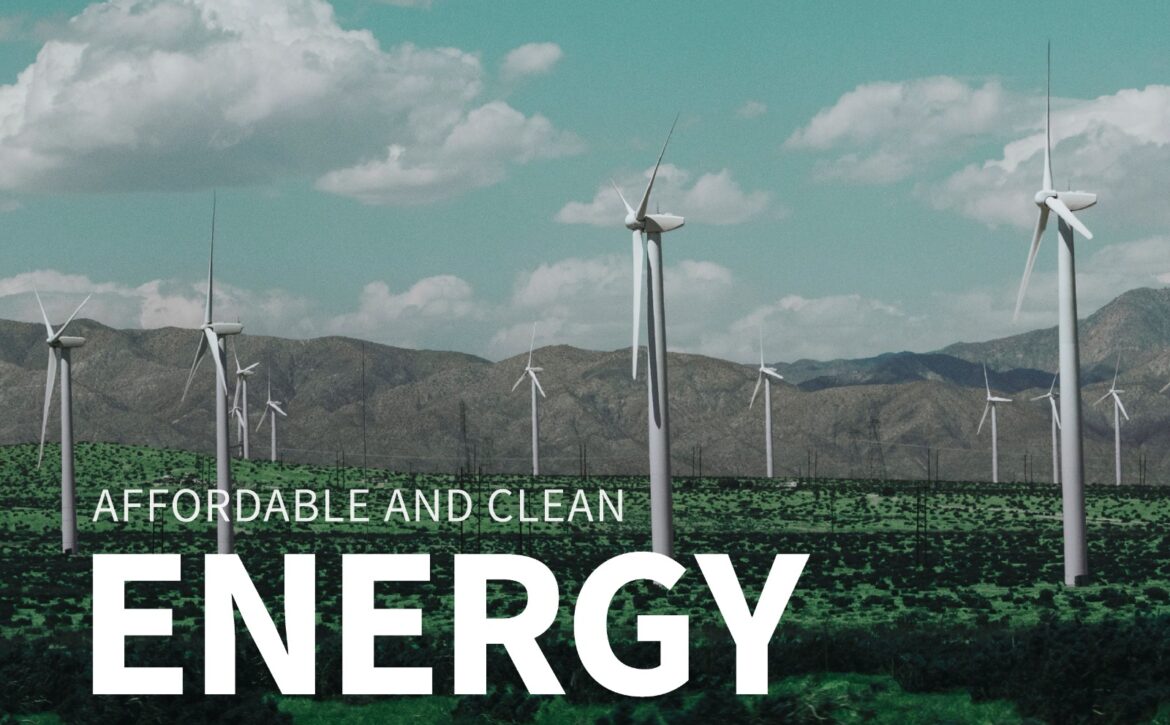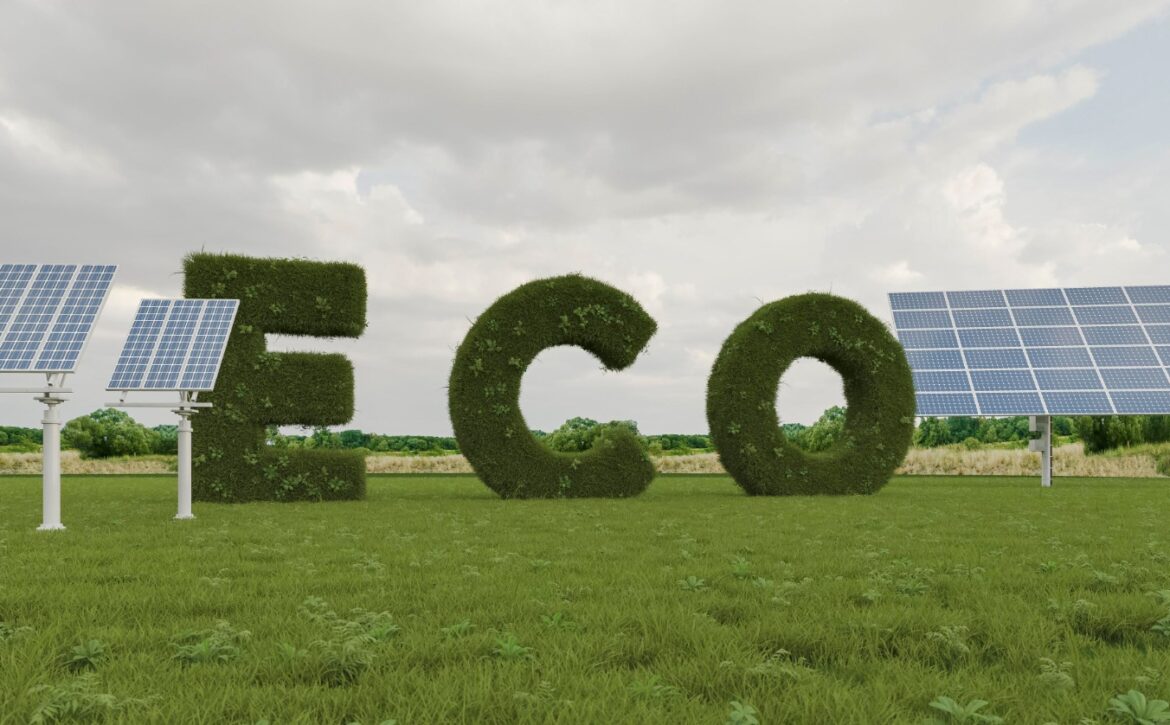Harnessing the Power of Offshore Wind: A Journey into Clean Energy
“Wind and other clean, renewable energy will help end our reliance on fossil fuels and combat the severe threat that climate change poses to human and wildlife alike”.
Frances BeineckeIntroduction:
The need for renewable energy arises from the environmental, economic, and social challenges posed by dependency on fossil fuels. Renewable energy sources, such as solar, wind, and hydroelectric power, offer a sustainable alternative by reducing greenhouse gas emissions, mitigating climate change, promoting energy security, and creating new economic opportunities. By switching to renewable energy, we can safeguard the planet for future generations, foster economic growth, and ensure access to clean, affordable energy for all.
Offshore wind energy stands at the leading edge of the renewable energy revolution, offering a vast and fresh source of clean power. In this blog, we’ll explore the immense potential of offshore wind, its benefits, challenges, and the pivotal role it plays in shaping our sustainable energy future.
Unleashing the Power of the Sea:
Offshore wind turbines harness the strong and consistent winds blowing over oceans and seas, generating electricity with minimal environmental impact.
The turbines capture the energy from the wind, which turns the turbine blades, converting the kinetic energy into mechanical power. This mechanical power is then converted into electrical power by a generator within the turbine. The electricity generated is then transmitted via undersea cables to shore, where it is integrated into the electricity grid for distribution to consumers.
Offshore wind farms benefit from stronger and more consistent winds compared to onshore sites, making them a reliable source of clean energy.
Advantages over traditional electricity generation methods:
Abundance: Offshore wind resources are abundant and untapped, offering vast potential for renewable energy production.
Consistency: Wind speeds tend to be higher and more consistent offshore compared to onshore, providing a more reliable source of energy.
Space: Offshore wind farms can be built in areas with limited land availability, freeing up land for other purposes.
Visual Impact: Offshore wind farms are typically located far from shore, reducing visual impact compared to onshore wind farms.
Less Noise: Offshore wind farms are often less noisy than onshore ones, minimizing potential disturbances to nearby communities.
Reduced Transmission Losses: By locating wind farms closer to population centers, transmission losses can be minimized, leading to greater efficiency in energy distribution.
Offshore Wind is Right on Time: In many areas where offshore wind projects are planned, offshore wind speeds are highest during the afternoon and evening, when consumer demand is at its peak. Most land-based wind resources are stronger at night when electricity demands are lowered.
Job Creation: Developing and maintaining offshore wind farms creates jobs in manufacturing, construction, and maintenance, stimulating local economies.
Environmental Benefits: Offshore wind energy offers numerous environmental benefits, including reducing greenhouse gas emissions,and combating climate change,as it replaces fossil fuel based electricity generation,and minimizing air and water pollution. Additionally, offshore wind farms can serve as artificial reefs, providing habitat for marine life and supporting biodiversity.
Challenges and Solutions:
Despite its potential, offshore wind energy faces several challenges, including high upfront costs, technical complexities, and regulatory hurdles. However, ongoing advancements in technology, policy support, and collaboration among stakeholders are overcoming these challenges and driving the growth of the offshore wind industry.
Global Leadership and Innovation:
Countries around the world are increasingly recognizing the importance of offshore wind energy in their energy transition strategies. Leaders in offshore wind deployment are :
United Kingdom:
The UK is a global leader in offshore wind energy, with significant installations in the North Sea, Irish Sea, and English Channel.
Denmark: Denmark has a long history of offshore wind energy development and is home to some of the world’s earliest offshore wind farms.
Netherlands: The Netherlands is rapidly expanding its offshore wind capacity, particularly in the North Sea.
Germany: Germany has a growing offshore wind sector, with significant installations in the North Sea and Baltic Sea.
China: China has emerged as a major player in offshore wind energy, with ambitious plans to increase its offshore wind capacity along its coastline.
United States: The US has untapped potential for offshore wind energy along its Atlantic coast, particularly in states like Massachusetts, New York, and New Jersey.
In India, offshore wind energy is becoming popular as a promising renewable energy source, although its development is still in the early stages compared to other countries. The potential for offshore wind energy production is primarily concentrated along the country’s extensive coastline, particularly in the states of Gujarat, Tamil Nadu, Maharashtra, and Andhrapradesh.
The Ministry of New and Renewable Energy (MNRE) has formulated a National Offshore Wind Energy Policy and has invited expressions of interest (EOIs) from developers to set up offshore wind projects.With India’s ambitious renewable energy targets and increasing energy demand, offshore wind energy holds great potential to contribute to the country’s clean energy transition and energy security. As technology advances and regulatory frameworks evolve, India is poised to emerge as a significant player in the global offshore wind energy market.
The Future of Offshore Wind: As technology continues to evolve and costs decline, offshore wind energy is poised to play a central role in the global energy landscape. With its vast potential to provide clean, reliable, and affordable electricity, offshore wind will contribute significantly to achieving climate goals and ensuring a sustainable future for generations to come.
Conclusion: Offshore wind energy represents a beacon of hope in our journey towards a sustainable and carbon-neutral future. By harnessing the power of the sea, we can unlock a renewable energy resource that will drive economic prosperity, protect the environment, and secure energy independence. Let us embrace the opportunities of offshore wind and pave the way for a cleaner, greener tomorrow.
“Step into the future of clean energy at the Energy Evolution Expo, Where Energy Meets Innovation. Scheduled for 13-15 March 2025 in Spain, this dynamic event showcases the latest advancements in renewable energy technologies, from solar and wind power to bioenergy and beyond. Explore cutting-edge solutions, engage with industry leaders, and discover how renewable energy is shaping the future of energy production and consumption. Join us as we embark on a journey towards a greener, more sustainable tomorrow.”




